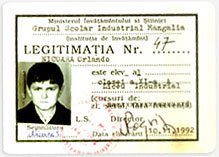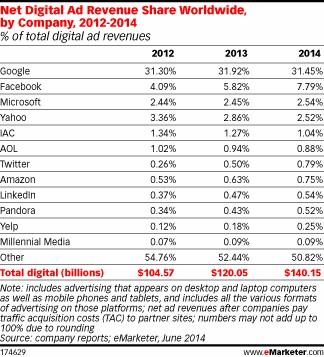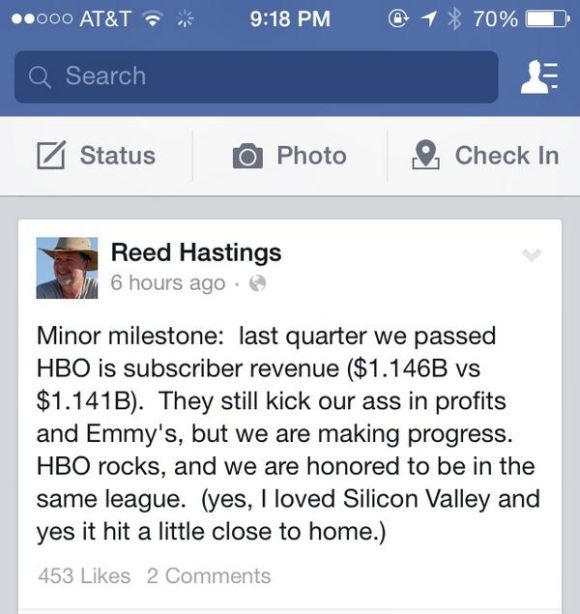Archive for the ‘Media’ Category
ZF @ 150,000 exemplare
luni, septembrie 15th, 2014Ziarul Financiar este tip?rit ast?zi în 150.000 de exemplare ?i distribuit în 200 de centre de business din Bucure?ti ?i marile ora?e din ?ar?. Este un mesaj pentru comunitatea de business de a strânge rândurile ?i de a se recunoa?te ca singura capabil? s? schimbe România.
Mai multe detalii aici.
Multumim Telekom Romania si Media Investment pentru sustirea acestui proiect!
ThinkDigital preia Adevolution
duminică, august 24th, 2014O alta miscare ce are ca scop consolidarea pietei, Dragos anunta preluarea AdEvolution pe blog, Val Voicu, fondatorul AdEvolution urmand sa ocupe o pozitie de business development advisor in cadrul ThinkDigital Romania. Nu e clar ce se intampla cu cele doua siteuri pe care le detine AdEvolution, DailyBusiness si Feminis, daca sunt si ele parte din tranzactie.
Amazon testeaza o retea de publicitate online
duminică, august 24th, 2014pe modelul Adsense de la Google dar cu plata la CPM. Detalii aici
Netflix vs HBO
sâmbătă, august 9th, 2014Conversation with brands
marți, iulie 22nd, 2014By Nikesh Arora, recent plecat de la Google
„Business Complet”
miercuri, iulie 9th, 2014Cosmote România, unul dintre cei mai mari furnizori de servicii de telefonie mobil? de pe pia??, a lansat pentru clien?ii business pachetul Cosmote Business Complet, care include trafic de internet nelimitat la vitez? 4G, acces la edi?ia digital? a Ziarului Financiar, în sec?iunea ZF Print de pe ZFCorporate.ro, tableta HP ElitePad 1000 ?i accesorii pentru tablet? – hus? ?i tastatura Bluetooth.
Tableta HP ElitePad 1000 dispune de ecran de 10,1 inchi, procesor Intel Atom, memorie RAM de 4 GB ?i capacitate de stocare de 64 GB. Tableta ruleaz? sistemul de operare Windows 8.1 ?i are preinstalat pachetul Office 2013 ?i aplica?ia OneDrive la care se ofer? gratuit spa?iu de stocare în cloud de 15 GB. Pachetul este disponibil în prezent la pre?ul de 778,76 euro (f?r? TVA) pentru contractele încheiate pe o perioad? de 24 de luni.
De aici
Tweetul anului
joi, iulie 3rd, 2014
So proud of our team in Romania and worldwide for today's big milestone!
— Andrei Dunca (@andreidunca) July 2, 2014
Context: LiveRail a fost cumparat de Facebook pentru aproape jumatate de miliard de dolari.
#Asaincepe
vineri, iunie 27th, 2014The 5 main insights at a glance:
1. One-third of journalists said social media posts are not a reliable source of information. Despite this, half of journalists said social media were their main source of information.
2. Remarkably, half of journalists said they consider consumer opinion to be more reliable than a statement by an organisation. Journalists use social media to find out what people are talking about and when writing articles, but do not always check whether public opinion is based on facts.
3. Fact-checking has become less thorough; ‘publish first, correct if necessary’ is the motto these days. Only 20% of journalists always check their facts before publishing. Almost half of journalists said they published most of their stories as quickly as possible to correct later if necessary. PR professionals also noted that since the arrival of social media journalists are getting in contact less frequently to check facts.
4. Journalists (60%) said they feel less bound by journalistic rules on social media than with traditional media such as a newspaper article. They act differently on social media than in traditional media, sharing their personal opinion more openly on social media, despite the fact that journalists are seen as being objective and reporters of news facts relating to events of general importance.
5. Dutch PR professionals are lagging behind compared to their international counterparts. In the Netherlands the focus lies on sending out news, while internationally more attention is devoted to dialogue and direct contact with journalists and consumers via social media.
The 5 main expectations for the future
1. Journalists expect less fact-checking to be done in the future. Conversely the role of crowd-checking, whereby the public’s opinion is used and accepted as being true, will grow in importance.
2. User-generated content, such as tweets and pictures or videos from bystanders, is already widely used in news and is expected to grow further.
3. Dutch PR professionals will stage a catch-up as they reduce their focus on sending out releases and concentrate more on engaging in dialogue and building relations.
4. Journalists expect journalism to be driven by clicks and views more than by content.
5. PR professionals expect their contact with consumers to intensify with increasingly less involvement of journalists, now that they have the ability to approach the target group directly and engage in dialogue with them.
Publish first, correct later if necessary
With 45% of journalists putting out 60% to 100% of what they publish as soon as possible – without checking facts – and correct later if necessary, “publish first and correct later” seems to be the new motto.




